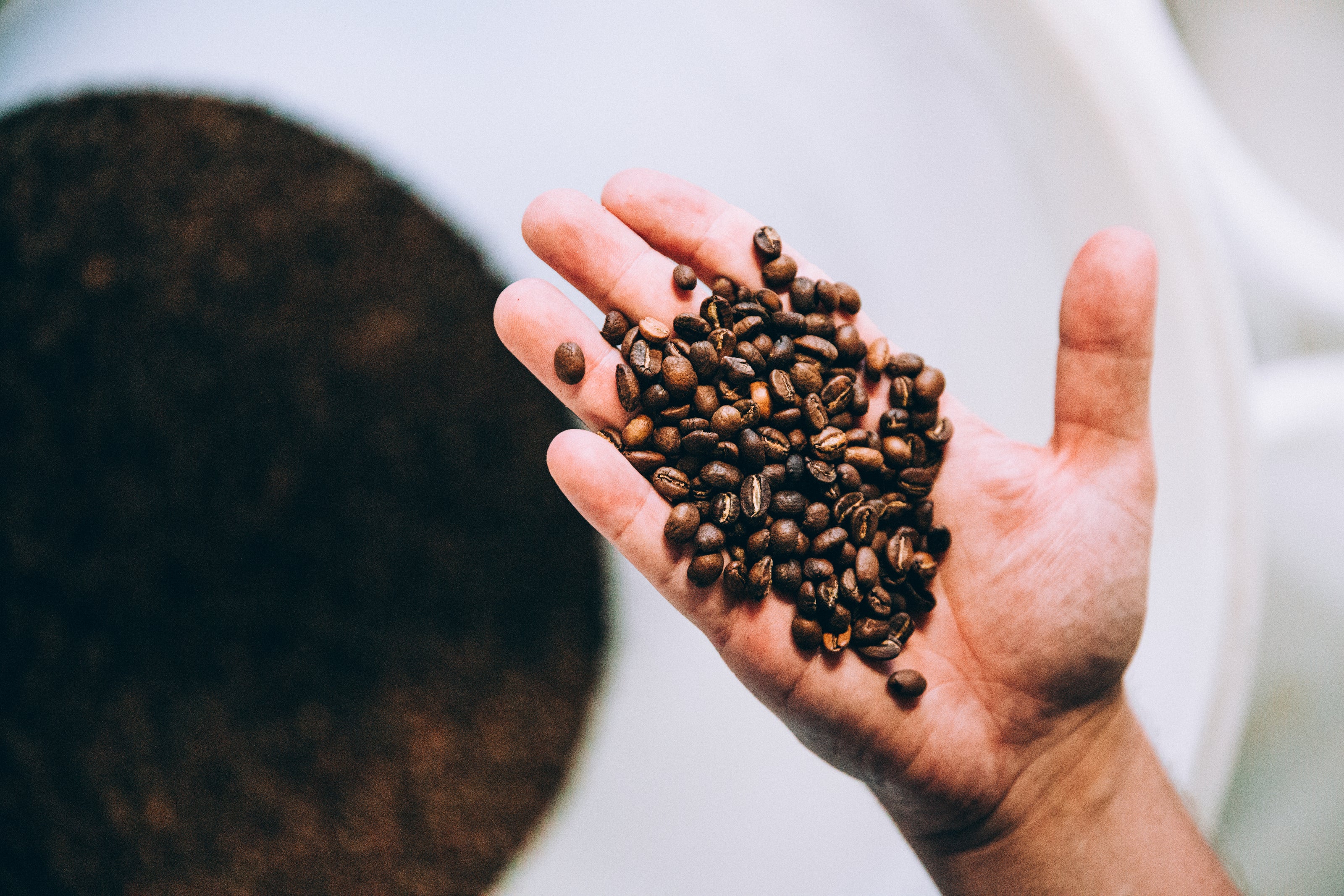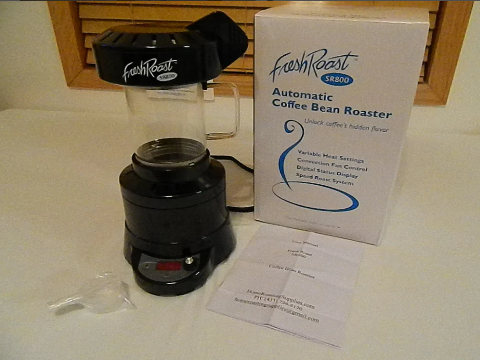Basics of Roasting Coffee

Why Roast
Roasting transforms green coffee beans, unlocking their flavor potential. Freshly roasted beans stay flavorful for about 10 days. Ground coffee loses freshness rapidly, best enjoyed within hours. For optimal flavor, grind beans immediately before brewing. Invest in a grinder and consider reusable filters for single-serve brewers.
Methods
Simple methods:
Heat green beans in a skillet over medium heat, stirring constantly to prevent burning. This method requires close attention and practice.Popcorn popper: Use a hot air popper to roast small batches. This method is relatively easy and provides some control over the roasting process.
Dedicated home roasters:
These machines offer precise temperature control and airflow, ensuring consistent roasts. They often include features like built-in timers and cooling trays.
Process
Two Simple Steps
Heat the beans: Gradually increase the heat, observing the beans closely for color changes. Listen for "cracking" sounds.
Cool the beans: Immediately transfer the roasted beans to a cooling tray to stop the roasting process.
Cracking
First Crack: Begins around 380°F, sounds like snapping toothpicks. Intensity increases gradually then subsides. This stage is ideal for light to medium roasts. Roasting accelerates, and beans generate their own heat.
Second Crack: Occurs near the end of First Crack, reaching about 435°F. Sounds like crispy cereal. Intense crackling indicates excessive heat. Aim for a brief Second Crack for dark roasts. Over-roasting leads to charring.
What You Might Need
Kitchen Scale: Precisely measure your green coffee beans for consistent results.
Timer: Keep track of roasting times to achieve your desired roast level.
Thermometer: Monitor the temperature of your beans, though it's not strictly necessary for experienced roasters.
Hot Pads or Oven Mitts: Protect your hands while handling hot equipment.
Roasting Vessel: A metal colander or roasting pan is ideal for home roasting.
Airtight Container: Store your freshly roasted coffee to preserve its flavor.
Funnel: Easily transfer your roasted beans into the airtight container.
Roast Log: Document your roasting experiments to track your progress and refine your technique.
Best roaster For You
Ultimately, the best roaster for you will depend on your individual needs and preferences.
Roast Level: If you prefer dark roasts, consider air roasters for optimal results.
Roast Quantity: Batch sizes vary so be aware of your roaster's capacity.
Frequency: Aim for a roaster that aligns with your coffee consumption. Avoid overusing home roasters, as frequent heavy use can damage the machine.
Our Favorite Roaster
Big and little Coffee
FreshRoast SR800

More Items To Go With Your Roast
Roast Styles
-

Light
Cinnamon Roast: A gentle introduction, with subtle flavors and high acidity.
New England Roast: A step up, revealing delicate varietal characteristics.
American Roast: A popular choice, balancing acidity with emerging body.
-

Medium
City Roast: A well-rounded roast, with a balance of acidity and sweetness.
Full City Roast: A deeper, richer flavor profile, with hints of bitterness.
-

Dark
Vienna Roast: A bold and complex roast, with notes of caramel and dark chocolate.
French Roast: A very dark roast, characterized by a smoky, bittersweet flavor.
Italian Roast: An intensely dark roast, often used for espresso.
Spanish Roast: The darkest roast, with a strong, burnt flavor.




